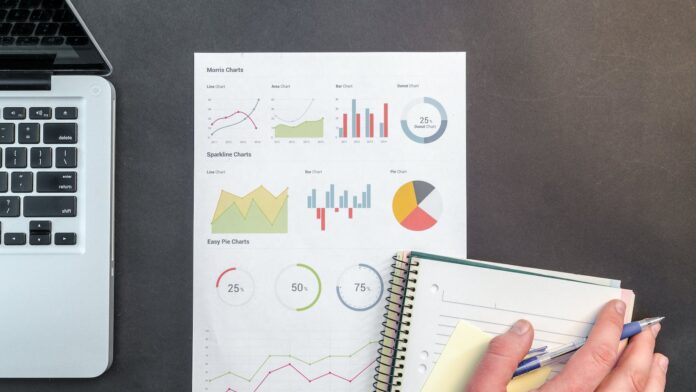Explain Why All Models Have Limitations
In the world of data analysis, models play a pivotal role. They’re designed to simplify complex systems, making it easier to understand and predict behaviors. But it’s important to remember that all models have limitations.
While models can provide valuable insights, they’re often a simplified version of reality. Therefore, they might not fully capture all aspects of the system they represent. This is the first reason why models aren’t perfect: they’re simplifications of complex systems.
Additionally, models are built on certain assumptions. These assumptions might not always hold true, leading to inaccuracies. For instance, a model might assume that all variables are independent when, in reality, they’re interconnected. This highlights the second limitation: models are based on assumptions.
What are Models?
In the realm of data analysis, models play an integral role. They’re essentially simplified versions of a more complex system. The primary aim of using models is to make the understanding of systems and environments more manageable.
These models can range from mathematical equations to simulations, all designed to represent a system’s behavior. The main advantage? It’s this representation that allows us to make predictions about the system’s future behavior.
Yet, it’s crucial to remember that models are built on certain assumptions. These assumptions may not always hold true. That’s where the limitations of models begin to surface.
For instance, in financial modeling, we often assume markets are efficient. However, the reality is that market anomalies and irrational behavior often lead to inefficiencies.
Similarly, weather prediction models assume certain atmospheric conditions. But the unpredictability of weather patterns can often lead these models astray.
In essence, while models can be highly useful, their inherent limitations are a factor that analysts must always take into account. The next section will delve into more detail about these limitations, helping us understand why no model can ever be perfect.

Types of Models
Understanding the types of models in data analysis can help us identify their potential limitations. Broadly, we can divide these models into two categories: Statistical Models and Deterministic Models.
Statistical Models rely heavily on historical data and probabilities. They’re built on the foundation of statistics, using past trends to predict future outcomes. For instance, stock market forecasting models fall under this category. They analyze past stock prices to foretell future prices. However, their limitations stem from the unpredictable nature of economies and human behavior. A sudden market crash or a surprising political event can turn predictions upside down.
Deterministic Models, on the other hand, are based on laws and formulas. They’re used when outcomes are determined by specific inputs. A common example of this type is physics models. They predict outcomes based on established laws like gravity or thermodynamics. Yet, these models are not flawless. Their accuracy depends on the precision of initial conditions and measurements.
In between these two categories, we find Hybrid Models. They combine elements from both statistical and deterministic models to improve accuracy. Weather forecasting models are a prime example of this type. They use historical weather data (statistical) and physical laws of the atmosphere (deterministic) to predict weather conditions. Despite their sophisticated approach, they’re not immune to errors. Unpredictable weather patterns and the sheer complexity of the Earth’s climate system can lead to inaccuracies.
So, we’ve seen that all models, whether they’re statistical, deterministic, or hybrid, have their limitations. They’re simplifications of complex real-world systems, and while they can be incredibly useful for making predictions, they’re not foolproof. Unpredictability in economies and human behavior can throw statistical models off course. Deterministic models, despite their reliance on laws and formulas, can falter if initial conditions and measurements aren’t precise. Even hybrid models, which pull from both statistical and deterministic models, can’t escape the inherent unpredictability of the systems they’re trying to represent. But by understanding these limitations, we can use these models more effectively. It’s all about knowing what you’re working with, and planning for those inevitable hiccups. After all, as the saying goes, “forewarned is forearmed.”


